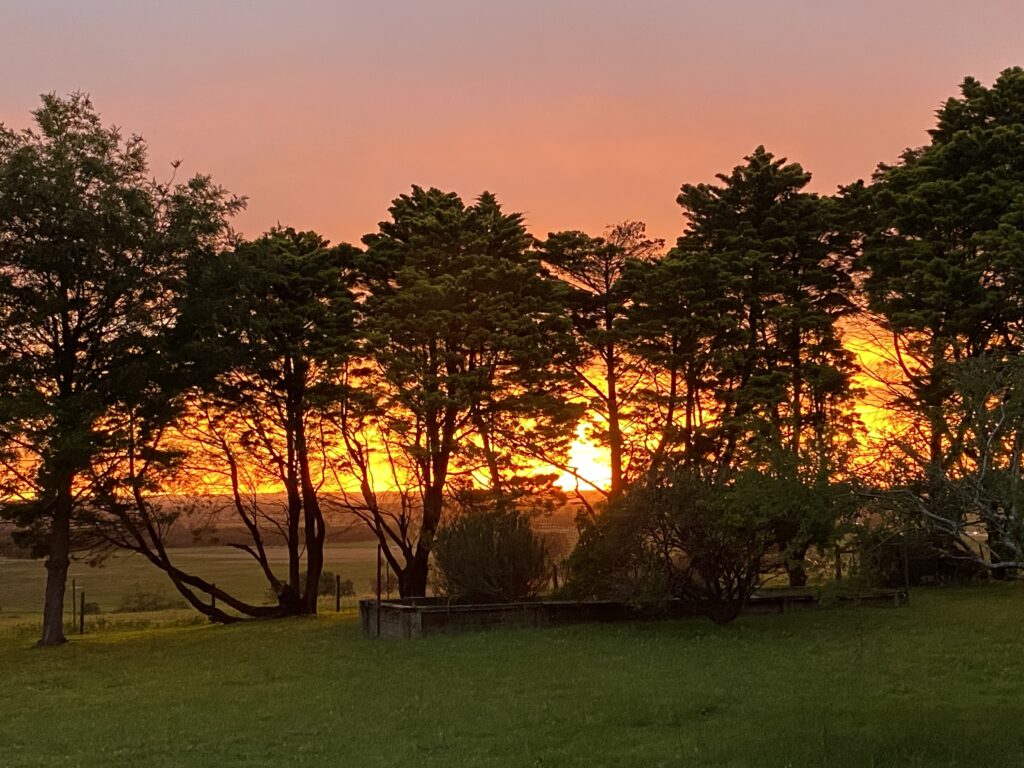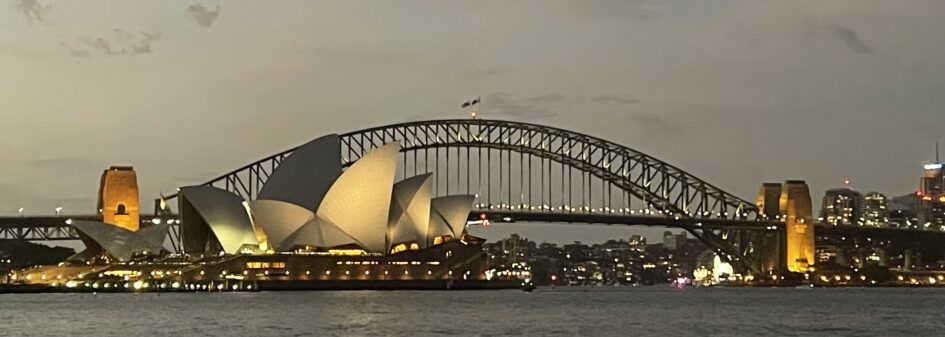By Laurie Patton.
Come September a group of industry leaders, politicians, academics and consultants will gather in Canberra to grapple with some of the most challenging social, economic and political issues facing Australia. Provocatively titled “Regionalisation – Rebalancing the nation” the event will present an opportunity to consider where Australia should head, and where we should all live, as we emerge from an all-consuming pandemic.
Eighteen months ago, my wife and I joined the exodus from Sydney and moved to the NSW South Coast. For us it was a lifestyle decision. We both work from home, as do many people these days.
But for others it’s a decision borne of the need to live somewhere more affordable as the cost of big city housing continues to spiral out of control.

Of course, ‘tree changers’ and ‘sea changers’ have been making the move for years. There’s been a steady increase in the outflow for more than three decades now; fuelled to a large extent more recently by the National Broadband Network and the ability to work remotely.
Net migration to the regions over the past two years has been more than double pre-COVID levels.
According to a report commissioned by the Regional Australia Institute and the Commonwealth Bank, millenials make up half of those now moving to the country.
That’s significant given that the latest Census tells us millenials now equal baby boomers – the group previously most notable for downsizing and decentralising.

According to the Census, 70 percent of us live in freestanding homes and most of us think that’s preferable to living in an apartment.
Roughly a third of our workforce lives in regional Australia but that’s increasing – again, due to employers recognising the ability for people to work from home and workers’ reluctance to spend hours each day confronting traffic chaos.
A basic premise of discussions about regional development must be that regions identified for policy attention must have the potential to develop a sustained demand for employment.
Graeme Hugo, ARC Australian Professorial Fellow and Professor of Geography at University of Adelaide.
For that to happen we need national policy action – preferably with bipartisan political support and the involvement of the states and territories.

Campaigning prior to the recent federal election prime minister Anthony Albanese called for a decentralisation strategy “which boosts regional economic development and takes pressure off our capital cities”.
According to the Regional Australia Institute, “Regions can offer people a lifestyle and quality of life that is beyond the reach of most in the city. In turn, the communities that people return to, and become part of, benefit from new skills and resources that can be vital to their future”.
When I started talking about the benefits of decentralisation a few years go I’d routinely be told that “it won’t happen” or “it’s been tried and it didn’t work”.
LAURIE PATTON
Historically, it’s been thought that big cities are more economically efficient. But given the escalating infrastructure costs of keeping cities moving that is arguably no longer the case.

In the 1970’s the Whitlam Government envisaged a more dispersed country and Albury-Wodonga became the first official decentralisation zone. There are many reasons why the Albury-Wodonga experiment failed. Arguably the biggest stumbling block back then was the lack of advanced communications systems. That’s no longer a limiting factor.
Local councils in areas attracting a population influx have begun to plan for this, but there’s a good deal more that needs to be done.
Mornington Peninsula Shire Council, for example, has just announced a billion dollar ten-year plan to deal with the needs of its increasing population. It states: “As our population grows and needs change, our challenge is to ensure we make well-informed investment decisions about where to prioritise funding and how to ensure our services remain affordable, appropriate and sustainable”.
There are dozens of high-rise buildings in both Sydney and Melbourne, each filled with thousands of employees who only leave their office to buy their lunch. They all struggle with congested transport systems which means hours spent getting to and from a workplace that could, in most cases, be located pretty much anywhere.

Of more than 300 cities in America few are even close to the size of Sydney or Melbourne.
Businesses there operate across hundreds of regional towns and cities. Likewise in the UK, where only a couple of its 200 cities are as big as Melbourne or Sydney.
As we envisage our country’s future, we need governments that listen to the people. More widespread engagement in decision-making processes might help us strike the right balance.
Community engagement will be essential. We need planning to occur in collaboration with a wide range of stakeholders, including business groups, community groups, universities and trade unions.
Whether it’s in a big city or a regional area we need to ensure that people can find jobs, afford a house and have access to essential services.

Laurie Patton is a prominent public interest advocacy and marketing/communications practitioner. He is a former political advisor, journalist and media executive. He has been a long term advocate for decentralisation as a solution to Australia’s compounding housing problems, now causing massive financial and social stress for millions of people.
You can follow his work at his blog The Lucky General.

“One day a rooster, the next day a feather duster!”

